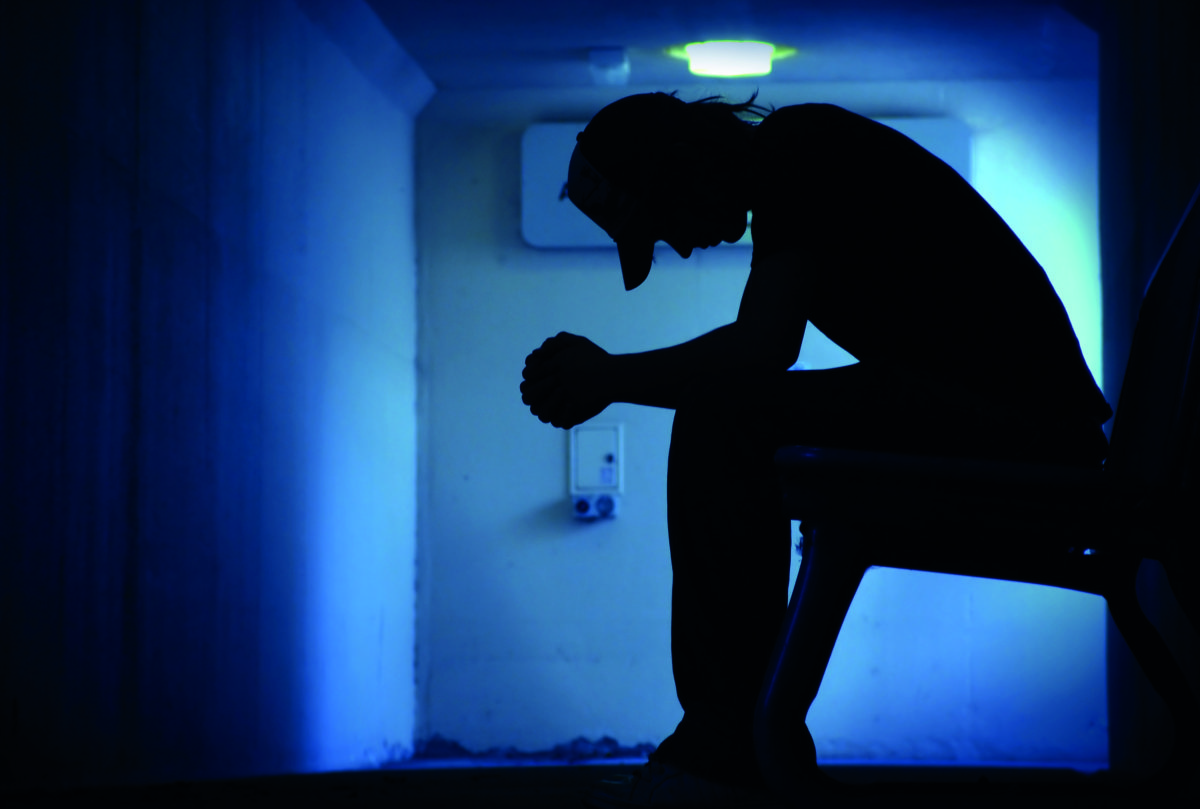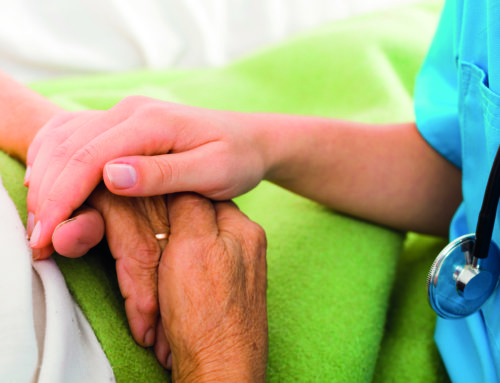Erectile dysfunction is one of the most common side-effects of prostate cancer treatment, yet a large subset of patients still aren’t reaching out for help – obstructed by embarrassment and a myriad of other concerns. Sophie Smith, Specialist Nurse at Prostate Cancer UK, tackles the scale of the problem, and how you can provide support.
One-in-eight men in the UK will get prostate cancer in their lifetime, and over 47,000 men are diagnosed with prostate cancer every year.
Unfortunately, Prostate Cancer UK’s latest research shows that thousands of these men are missing out on the support they need to manage erectile dysfunction – one of the most common side-effects of treatment.
As a specialist nurse at Prostate Cancer UK I regularly speak to men about these issues and can see the impact it has on their lives. If left unchecked, not only can erection problems put a complete stop to a man’s sex life, they can also have devastating longer-term implications, including depression and relationship breakdowns. (1)
However, we know that if healthcare practitioners across the country are willing to have honest and open discussions about side-effects and the support available, it can make a huge difference to these men’s lives.
What Support do they Need?
In line with NICE guidelines (2), all men should be given the opportunity to discuss their sexual problems after prostate cancer treatment, and it’s particularly important that men feel informed of their options and in control of their own care.
This may involve men being offered access to an NHS erectile dysfunction clinic, an appropriate choice of medication like tadalafil, vacuum pumps, psychosexual clinics, and counselling services.
This advice also needs to be tailored depending on what treatment they receive and their personal circumstances. For example, we know that men receiving hormone therapy can be particularly impacted by erection problems.
Despite the importance of these discussions, we know that it’s not always easy for men or their clinicians to initiate them, which is why the Movember Foundation and Prostate Cancer UK have also funded two online tools to help:
• A self-management resource to help men manage their own sexual wellbeing after prostate cancer (3)
• An e-learning module designed to support healthcare professionals to offer sexual care to men with the disease (4)
What is the Scale of the Problem?
The Life After Prostate Cancer Diagnosis study, funded by the Movember Foundation in partnership with Prostate Cancer UK, showed that more than four-in-five men with prostate cancer struggle with poor sexual function following treatment for the disease regardless of the stage of their disease (5), their treatment (6), or their age (7). Even worse, just over half of these men reported that they were not offered help to manage it.
Can we Avoid these Side-Effects?
Each year thousands of men are diagnosed with prostate cancer that is still contained within the prostate and is considered to have a low risk of causing harm. NICE recommends active surveillance for these men, which could allow many more men to avoid or delay the side-effects of invasive treatment.
Prostate Cancer UK and other health bodies are also investing in new precision medicine technologies to target individual men with the best treatment for them, as well as improved diagnostic tools and focal therapies. All of this could help reduce the impact of these side-effects in future.
What Next?
Despite the recent advances, the number of men diagnosed with prostate cancer is still increasing year-on-year, and they will continue to need support with erectile dysfunction and the other side-effects of treatment.
However, with the right support and information, men can find out about treatments or counselling that could help them manage, or come to terms with, erection problems.
By continuing to discuss these issues in an open and unembarrassed way, we can make sure that all men get the help they need.
For more information, and to sign up to one of Prostate Cancer UK’s free Primary Care
Masterclasses, visit www.prostatecanceruk.org/masterclass.
References
1. The full UK-wide data report for the Life After Prostate Cancer Diagnosis study is available online here: https://tn-openaccess-prod.s3.amazonaws.com/tn_oa_mvp1/media/filer_public/c6/ba/c6bab31b-ce79-44fa-a873-3824eabe1e53/lapcd_results_summary.pdf
2. Full NICE guidelines available here: https://www.nice.org.uk/guidance/NG131
3. Available online here: https://prostate.lifeguidewebsites.org/
4. Available online here: https://talkingaboutsex-prostatecancer.org/
5. Three-quarters of men (75%) diagnosed with localised prostate cancer reported poor sexual function, compared to 90.4% of men with locally advanced disease (cancer that has spread to the tissue surrounding the prostate gland), and 96% of men diagnosed with advanced prostate cancer.
6. Breakdown of the percentage of men who experienced poor sexual function, by treatment type:
Active surveillance – 51 per cent
Watchful waiting – 58 per cent
Brachytherapy – 63 per cent
Surgery – 84 per cent
Surgery and radiotherapy / ADT – 92 per cent
Radiotherapy – 79 per cent
Radiotherapy + ADT – 88 per cent
ADT – 94 per cent
Systemic therapy (i.e. chemotherapy, abiraterone or enzalutamide) and ADT – 98 per cent
Systemic therapy (i.e. chemotherapy, abiraterone or enzalutamide) + radiotherapy +/- ADT – 95 per cent
7. Breakdown of the percentage of men who experienced poor sexual function, by age:
<55 years – 54 per cent
55-to-64 years – 66 per cent
65-to-74 years – 79 per cent
75-to-84 years – 88 per cent
85+ years – 95 per cent







